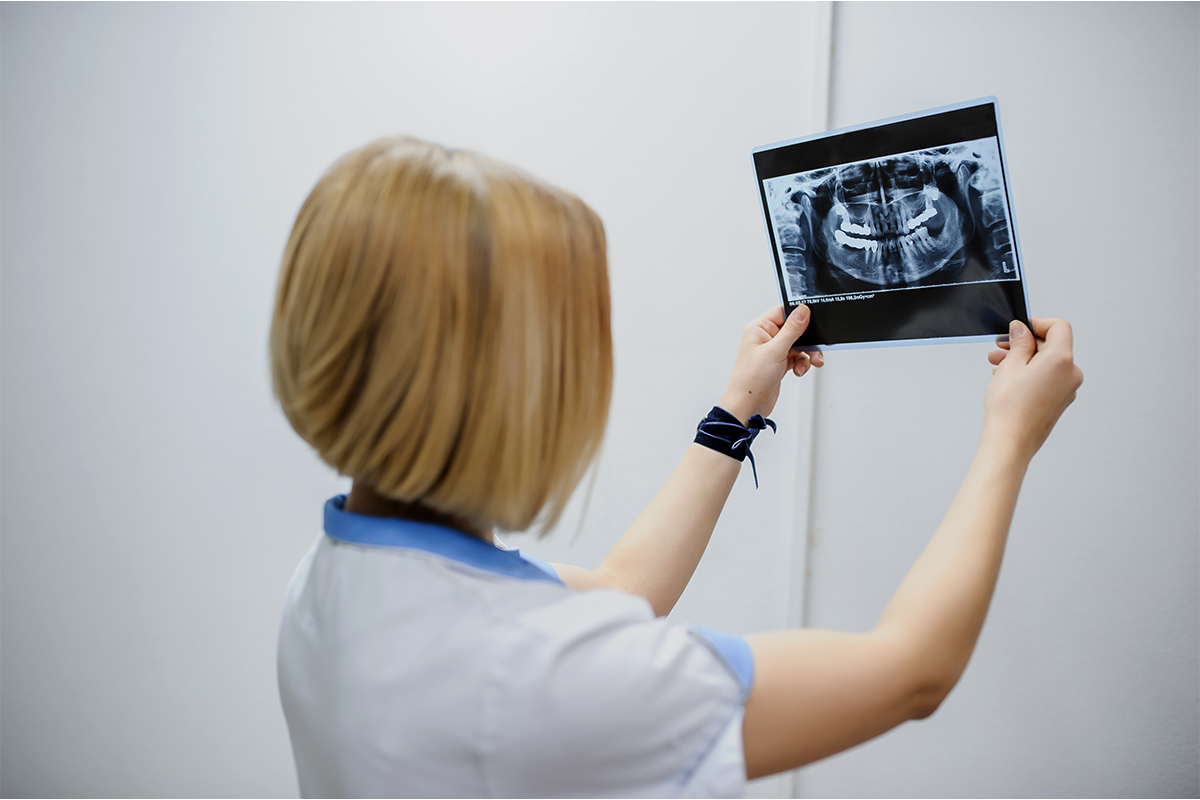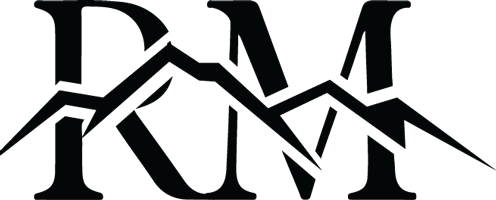Jaw deformities can cause a lot of problems for people. They can make it difficult to chew food, speak clearly, or even breathe properly. In the past, the only way to fix jaw deformities was through complex surgical procedures that involved considerable downtime. Dr. Fathimani performs minimally invasive distraction osteogenesis to correct jaw and skull deformities with minimal downtime and risks.
Minimally Invasive Correction for Jaw Deformities
Deformities of the jaw can range from very mild, where the teeth do not align properly, to more severe, where the jaw itself is misshapen. In the past, people with jaw deformities had to undergo surgery to correct the problem. This often involved cutting the jawbone, repositioning the jawbone, and using bone grafting materials harvested from another site. Distraction osteogenesis is a cutting-edge, minimally-invasive alternative to traditional jaw surgery.

Eliminate The Need for Bone Grafts
One of the primary benefits of distraction osteogenesis is that it eliminates the need for bone grafting materials drawn from other parts of the body. In traditional surgery, the surgeon must harvest bone grafts from other regions of the body, which leads to a second surgical site. However, distraction osteogenesis catalyzes your body’s natural bone regeneration properties without using bone grafts, so there’s no need for a second surgical site, which, in turn, leads to a smoother recovery process.
What is Distraction Osteogenesis?
Distraction osteogenesis is a process where new bone growth is stimulated by gradually pulling apart two pieces of bone. This process can be used to lengthen or reshape bones. It is most commonly used to correct deformities of long bones, such as those in the legs. However, since the 90s, distraction osteogenesis has shown stellar possibilities in correcting face deformities, such as cleft palate or jawbone deformities.
Distraction osteogenesis begins with placing a specialized distraction device into the bones to be pulled apart. When the distraction device is activated, it applies pressure to pull the two ends of the jawbone apart. As the bones are pulled apart, new bone growth begins in the space between them. This new bone growth eventually fuses the two pieces together and corrects the jawbone deformity.
Benefits of Distraction Osteogenesis:
- Correct jawbone deformities and cleft palate
- Minimally invasive treatment
- Minimal recovery period
- No need for a second surgical site
- No need for bone grafting materials
- Stimulates natural jawbone regeneration

Distraction Osteogenesis: Recovery & Downtime
After surgery, you will be able to go home the same day. You will need to take pain medication for the first few days after surgery, eat soft foods for the first week or two, avoid hard foods, crunchy foods, and chewy foods, and avoid brushing your teeth too hard. You must also keep your head elevated for the first few days after surgery to reduce swelling and avoid strenuous activities for a few weeks. Most people resume their daily activities after a week or two.
Schedule Your Consultation
Dr. Kayvan Fathimani is a triple-board-certified oral and maxillofacial surgeon specializing in cutting-edge orthognathic surgeries. Whether you’re suffering from malocclusion or the symptoms of sleep apnea because of jawbone deformities, Dr. Fathimani curates personalized surgical plans that restore optimal functionality. Please schedule a consultation to explore your jaw surgery options in Lone Tree, Colorado.

